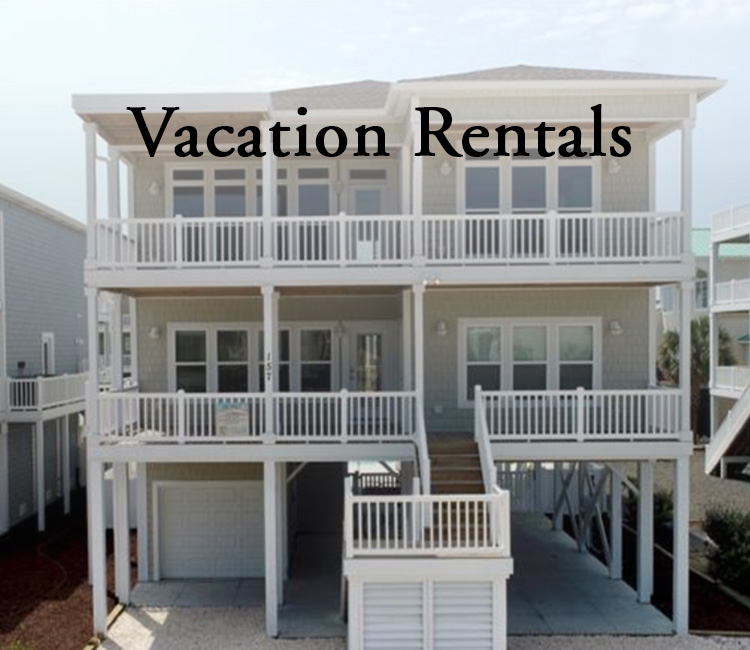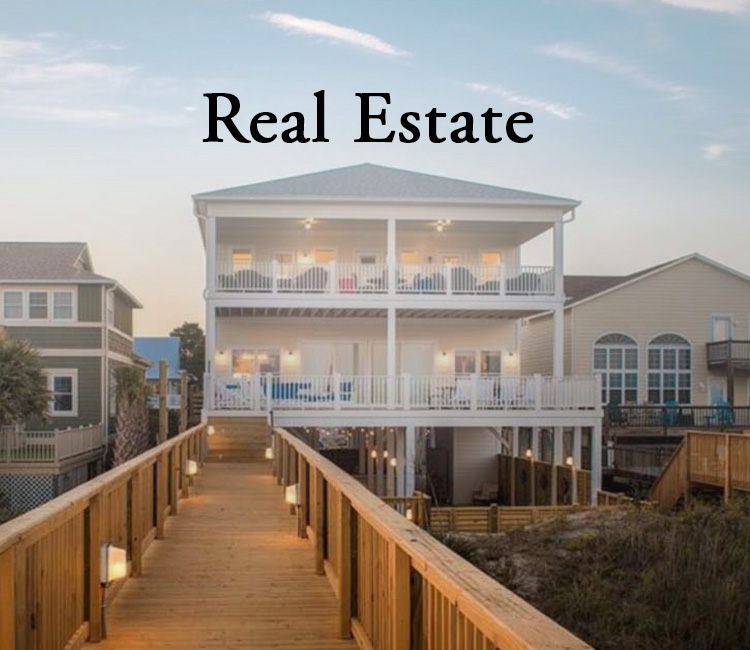Thousands of visitors come to Calabash each year for the famous seafood and to do a little shopping while they are in town. Then there are all of the area residents. How many know about Hickory Hall?

The history of Hickory Hall Plantation?
Hickory Hall is one of the oldest buildings in Brunswick County, located off S.R. 1163 on the Calabash River behind the Calabash Thrift Store.

The house was built by a local planter, Joseph Green, as a seven-room house with two large chimneys. During extensive restorations in 2007, a brick bearing the date 1817 was found on one of the chimneys, indicating that it was built during that year.
According to legend the house and plantation got their names from a large hickory stump that was prominently right in the middle of the house. It is said that carpenters had simply built around it rather than removing it and that the early residents had used the stump as a dining room table. However, when Calabash mayor Anthony Clemmons, a local historian, visited the house during the restoration he found no sign of the stump.
The house exemplifies the architecture of early North Carolina, being built of hand-sawn cypress and pine and using blacksmith nails and pegs.
Two wings and a some additional rooms were added to the original building later in the 1800s.
By the year 1840, Hickory Hall was owned by Dr. Lorenzo Frink (1812-1889), a prominent local physician. His father, Samuel Frink, had owned the plantation where the Pearl golf course is now located. The Frink family turned Pea Landing (the original name for Calabash) into a thriving coastal trading center.
Frink moved to Southport in the 1860s, where he built a house on Bay Street there tat still bears his name. He died in Southport and was buried at Oakdale Cemetery in Wilmington. Local genealogists say that one of the doctor’s great-grandchildren was Joseph Cotten (1905-1994), the Virginia-born movie actor who starred in “Citizen Kane,” “The Third Man” and “Portrait of Jennie.”
Hickory Hall was sold the Smith family to Samuel Hemingway Thomas who bought the house and 1,000 acres of land in 1888 (for $1 an acre) from J.H. Gore of Pireway, NC. Gore had bought the property previously from T.K. Thomas, the brother of Samuel Hemingway Thomas.
During most of the 1900s, the house was owned by the Simmons family. Robert Simmons grew up at Hickory Hall and has said that footsteps of ghosts could often be heard on the stairs, and that doors sometimes opened and closed all on their own. Some locals believe that some of the Frink slaves still haunt the dwelling!
Hickory Hall is one of the oldest homes surviving in Brunswick County, and Simmons transferred the property to the Historic Preservation Foundation of North Carolina, also known as Preservation NC (PNC).


















